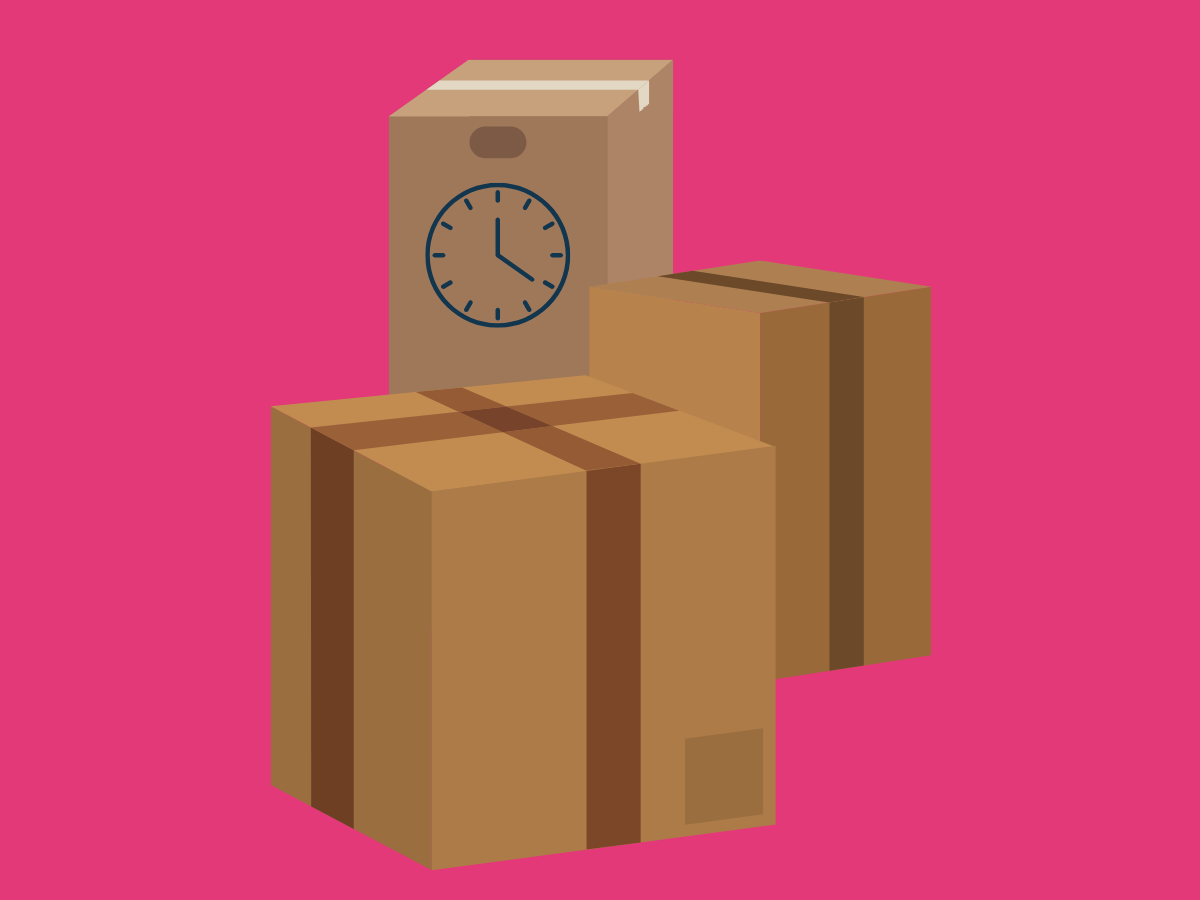The past, present, and future of eCommerce promotions

Offers have revolutionized how consumers shop online. From the early days of newspaper coupons to today’s modern, AI-powered incentives, promotions in various forms have helped shoppers get more value for their money.
We’ve come a very long way since the dawn of promotions. Nowadays, eCommerce retailers invest heavily in technologies that enable them to target customers on a one-to-one level, rather than as a broad audience.
In this article, we’re taking a trip down memory lane to examine how promotions have changed over time.
We’ll look at how past coupon campaigns shaped modern loyalty programs, how current technologies are personalizing online experiences for customers, and what changes may be on the horizon regarding discounts and promotional activities.
A hundred-year habit
Offers have been a part of the retail landscape for over 100 years. The earliest retail promotions can be traced back to the late 19th century when C.W. Post Co. first began using the penny-off coupon to help sell its new Grape Nuts cereal brand.
Coupons were initially used to entice customers to try new products. Procter & Gamble began using coupons in 1920 by distributing metal coins to be cashed for discounts or buy-one-get-one-free deals.
It would have been fairly cumbersome for shoppers to carry these tokens around. Thankfully, they were replaced by paper coupons distributed in newspapers and magazines that customers could simply cut out and present at the store for a discount.
.png)
In the 1930s, discounting gathered steam when companies started mailing coupons directly to homes.
Direct mail provided a way of targeting specific households based on demographics and purchasing habits. This marked a significant shift in retail promotional strategies, as retailers could reach customers where they lived, rather than relying on people to come to them.
Here’s an example of an ad that would have dropped through your letterbox:
.png)
The use of coupons continued to evolve in the following decades. By the 1950s, retailers were using them to incentivize customers to purchase specific products or to visit their stores at specific times. This marked the beginning of targeted offers and promotions.
Loyalty gives promotions a new edge
After narrowing their audience, coupons swiftly became the cornerstone of loyalty programs. By carefully crafting their campaigns, retailers figured they could drive repeat purchases by rewarding their most frequent buyers.
“Box tops” were one of the original brand-specific programs. These coupons were printed directly onto product packages that could be later redeemed for premiums or rewards. Betty Crocker introduced their first box top program in 1929, laying the framework for loyalty programs as we know them today:
.png)
Technology brings new opportunities for promotions
With the advent of technology in the 1980s, retailers began to embrace new ways to reach their customers. The rise of electronic data processing (EDP) systems allowed brands to collect and analyze information on customer behavior, enabling them to tailor their promotions more effectively.
This led to loyalty programs offering rewards for frequent shopping while giving retailers more insights into their customer base.
Then came the 1990s and 2000s, when the rise of the internet and eCommerce led to a new era of promotions. Online retailers could now reach customers anywhere in the world, and they embraced this opportunity by offering discounts and special promotions to entice customers to shop with them.
The introduction of digital coupons and the ability to track online purchases in real time further allowed brands to collect customer data and offer more targeted promotions.
We’ve arrived
Today’s eCommerce companies have access to sophisticated technologies that allow them to personalize offers and customer experiences. In some corners, artificial intelligence (AI) and machine learning (ML) are used to analyze customer data on the fly, creating tailored offers and discounts.
As a result of these giant steps forward, eCommerce brands can target specific audience segments and create more effective campaigns to solve challenges in specific stages of the eCommerce funnel.
Need to increase conversions? What about increasing the value of the customers that convert? Or drive people to products that are in high supply? All can be achieved with the right offer.
To demonstrate the form promotions take, here’s an example from beauty brand Face the Future, which uses a RevWallet to serve personalized offers based on the customer’s behavior and interests:

The future of promotions is about getting deeper
The future of eCommerce offers, deals, and promotions is uncertain, but a few trends are emerging. Keep an eye out for the following over the next 10 years:
1. AI and ML are entering the mainstream
As AI and ML become more commonplace, companies will be able to leverage these technologies to further personalize their offers and discounts.
2. Data will be in high supply
Data will come from many more sources, with behavior captured across multiple channels, online and offline.
Campaigns will follow the same trend by targeting customers with the offer most likely to drive value for them and the retailer.
3. Offers will get predictive (with scary accuracy)
As a result of these trends, the availability and successful use of data will allow brands to use predictive analytics to help anticipate customer needs.
The ability to personalize will only get deeper, and AI will be needed to manage the process instantaneously due to the complexity.
Get ahead of these trends
The past, present, and future of eCommerce promotions have seen an incredible transformation. With AI-powered personalized offers, companies can launch more effective campaigns that maximize ROI and foster customer loyalty. Find out how intelligent offer platforms can help.
As technology develops, so will our understanding of creating more effective and engaging customer offers.






